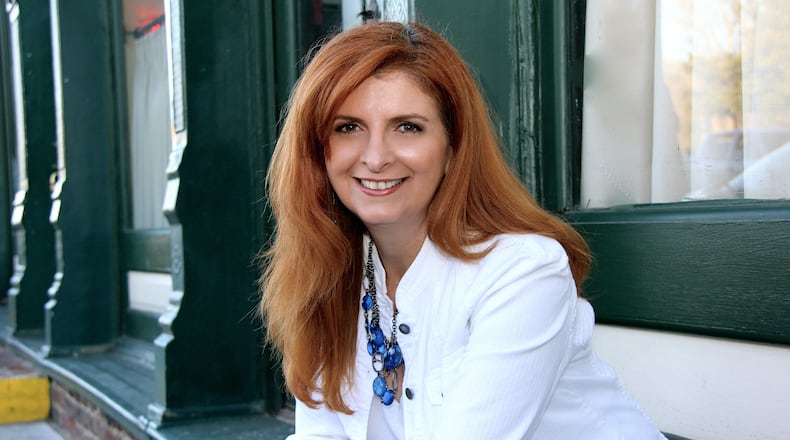It’s that time of the year.
The streets of every town in America shine brightly with holiday lights. Yards proudly display Christmas decorations in a parade of festive cheer. Stores are filled with the sounds of the season as holiday music pours from their sound system.
In many small towns like my own in north Atlanta, a manger scene stands on a small strip of grass on Main Street, a silent reminder to Christians of the reason for the lights, the sound, and the cheer.
Historians say the first nativity scene was staged in 1223 by St. Francis of Assisi. The account is registered in the book “The Life of St. Francis of Assisi” by St. Bonaventure, a Franciscan monk born during the late years of St. Francis’ life. According to the book, St. Francis received permission from Pope Honorious III to set up a manger with hay and two live animals in a cave in the Italian village of Grecio. St. Francis then invited the villagers to visit the manger while he preached about Jesus’ birth.
The tradition took root across Europe, and within the next couple of centuries, nativity scenes spread throughout the continent. The scene that started with a manger filled with hay, an ox and a donkey in 1223 soon incorporated many other characters and elements. Today, the famous manger scene that decorates homes, churches and cities around the world is hardly an accurate depiction of what happened in that humble stall in Bethlehem over 2,000 years ago.
We find the account of Jesus’ birth in two of the four Gospels: Matthew and Luke. The account in the second chapter of Luke tells the story of Mary and Joseph coming from Galilee to Judah for the census. In that chapter, we also read the reference to a manger where Mary laid her son and shepherds who received the visit of angels announcing the Savior’s birth.
The second chapter in the Gospel of Matthew tells the second account. There, we read about the three magi, also referred to as “Wise Men” or “Kings.” These men arrived in Jerusalem to inquire about the king born to the Jews many months before their arrival.
The term “magoi” (transliterated “magi”) referenced a class of scholars or wise men who served as advisers to Persian rulers. They were known for surveying the heavens for signs of uncommon and supernatural events.
Because the Jews were exiled to Babylon in the 6th century BCE, these wise men knew of the prophecies about the coming of Israel’s Messiah-King. Among the prophecies, one in the 20th chapter of the book of Numbers spoke of a star that would appear above Israel before the birth of her divine king. When the magi saw the star, they started preparing for the journey that would likely take five to six months to complete.
It is also in the passage in the Gospel of Matthew that we read about Herod’s rage when he heard about this divine king, resulting in a mandate to kill every male child, two years and younger. That offers another indication of the timeline of events described by the magi.
The magi may not have been in the manger in Bethlehem at the time of Jesus’ birth. But the significance of the gifts they brought is enough reason to keep them as crucial elements of our Nativity scenes.
The first gift mentioned was gold — representing their belief in Jesus’ divine nature as son of God. The second is frankincense — an expensive oil used for ceremonies in the temple — signing Jesus’ intercessory role as the great high priest for his people. Lastly, they brought myrrh — a sap-like resin used to prepare bodies for burial — a symbol of Jesus’ mission to die and become the ultimate sacrifice to pay for humanity’s sins.
As I look at the manger scene on a table by my piano this Christmas, I am grateful that tradition included the men who visited the toddler with divinely inspired gifts. They remind me of what God gave me through the birth of his son: a divine and just king, a friend who intercedes for me at all times, and a Savior who died to give me eternal life.
Patricia Holbrook is a columnist, author, podcaster and international speaker. Visit her new website: www.PatriciaHolbrook.com. For comments and speaking engagements, email patricia@PatriciaHolbrook.com.
About the Author
Keep Reading
The Latest
Featured


